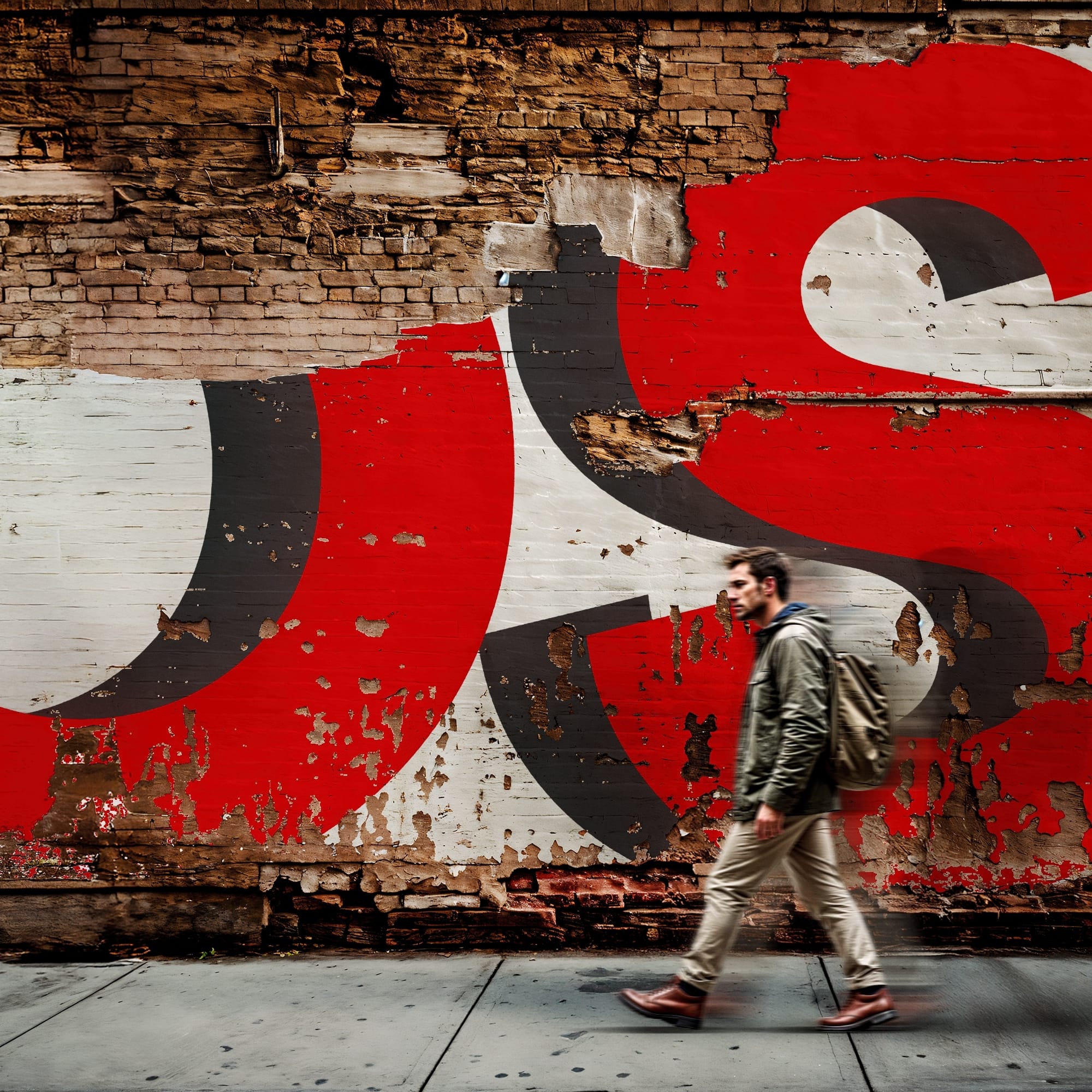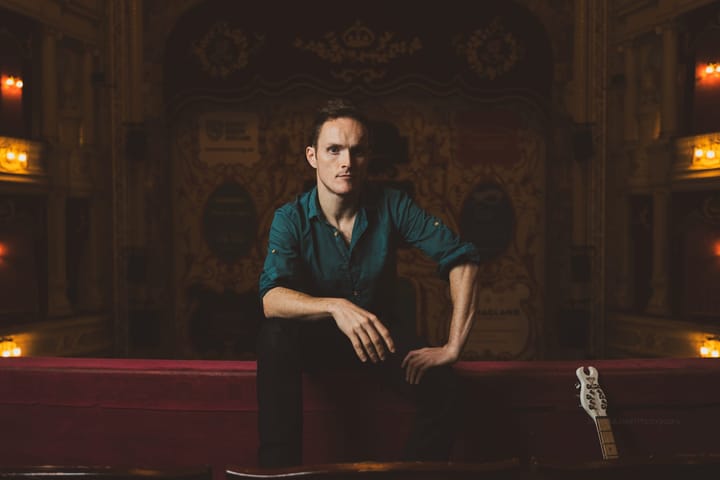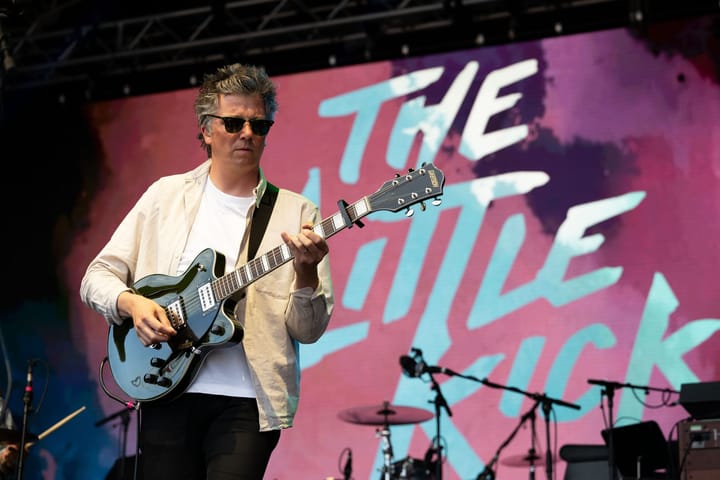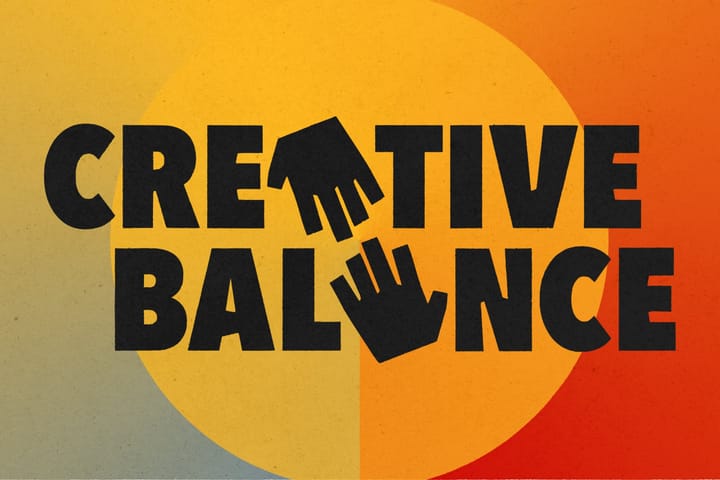Interview: Lee Garson on Capturing Everyday Life
We talk process, ethics, colour, printing, influences, and living for the moment.
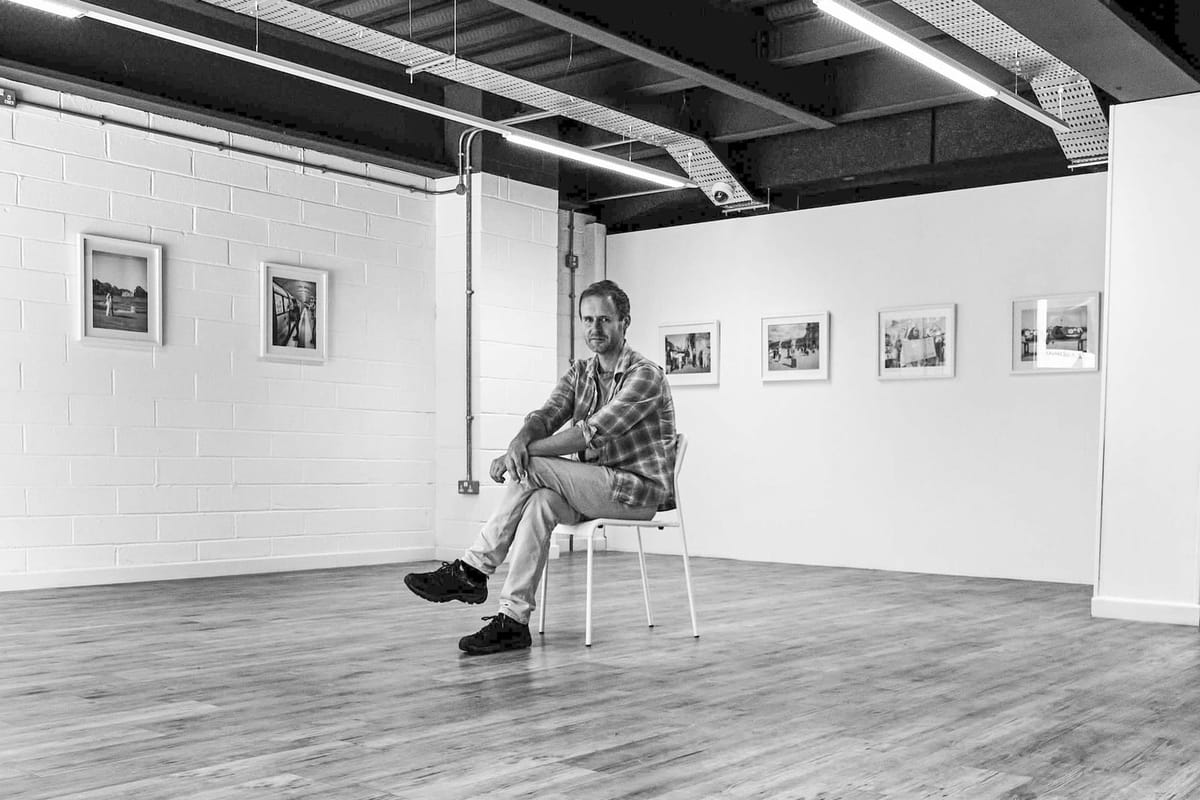
I’ve followed Lee Garson’s photography on Instagram for as long as POST has been alive, admiring his knack for catching real-life moments that I, a have-a-go photographer, look at admiringly, and with a hint of jealousy. Lee’s work sits at the crossroads where street photography, portraiture and documentary meet. He has a feel for small dramas in ordinary places, the recognition between friends, a smile on a platform, a brief look at the camera.
This interview is well overdue. But in the month of his first solo show, Live For The Moment, now open at the OuterSpaces Shiprow space, it finally feels right to sit down and ask how he captures those moments.
Would you like to see your message here? Let's talk.
POST highlights Aberdeen’s creative scene, from theatre and music to visual arts. We focus on showcasing the city’s unique talent and supporting local voices.
Through stories, artist profiles, and event coverage, we’re here to share what makes Aberdeen vibrant. Sign up for free or support us and go ad-free for just £3 a month.
Live For The Moment sounds simple, but as a photographer, whose moment are we seeing, yours or your subject’s? When do you step in, when do you step back, and what does that choice reveal?
I was at a beer festival recently in Stonehaven. I was taking lots of pictures whilst on the dance floor, juggling my camera gear in one hand and beer in the other, before someone turned to me and said, “You need to put the camera away and live in the moment”
I was quite startled by this, though I knew they had a point, and that was really where the theme/title of the exhibition came from.
Through these images, I think we are seeing more of the subject’s experience, although it is certainly my creative moment. Therefore, the act of people living life and me recording it is a shared experience between both parties. Understanding when it is ok to make a picture comes down to the photographer’s personal judgment, and everyone is different with this, and I think you learn a lot about your own morality during the process.
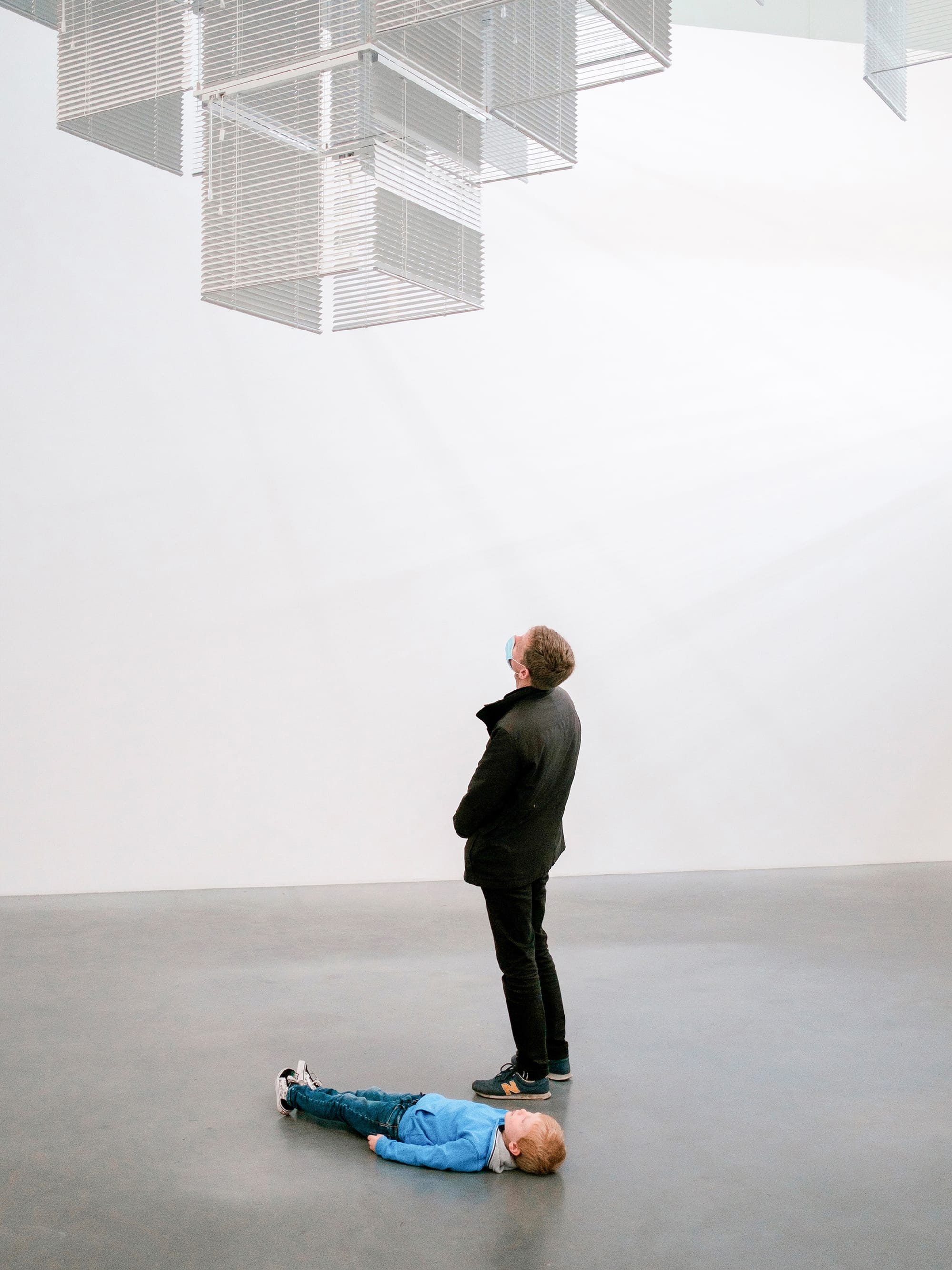
Your work shows you look for people doing what they love. How do you recognise that spark in the moment, what signs tell you it is genuine, and how do you honour it without intruding?
When you’re at events like Pride or Tall Ships, you’re guaranteed to find lots of sparks of interesting moments, although the ones which you don’t expect and don’t see coming in everyday places such as the London Underground, or Aberdeen Beach, for instance, can be just as captivating and even more charming.
I think you sense genuineness through people’s expressions, and you can really see the eyes’ glimmer. If it’s at an event, you can be much more directly engaged with people. However, in public spaces, to honour the scene, you have to consider intent, context, subject matter, people and what happens to the image afterwards.
Many of your pictures use glass and reflection. What do layers give you that a ‘clean’ view doesn’t? What do you want us to read first and second?
I use layering to create a sense of mystery and depth within a scene, allowing us to see things differently, which I think is really interesting. Particularly in a time when we see so many clean images of the same places on Facebook and Instagram, it’s good to provide a different perspective. Also, the idea of people trying to work out where a scene could be, and what is happening within the frame introduces an investigative element, I find that really intriguing.
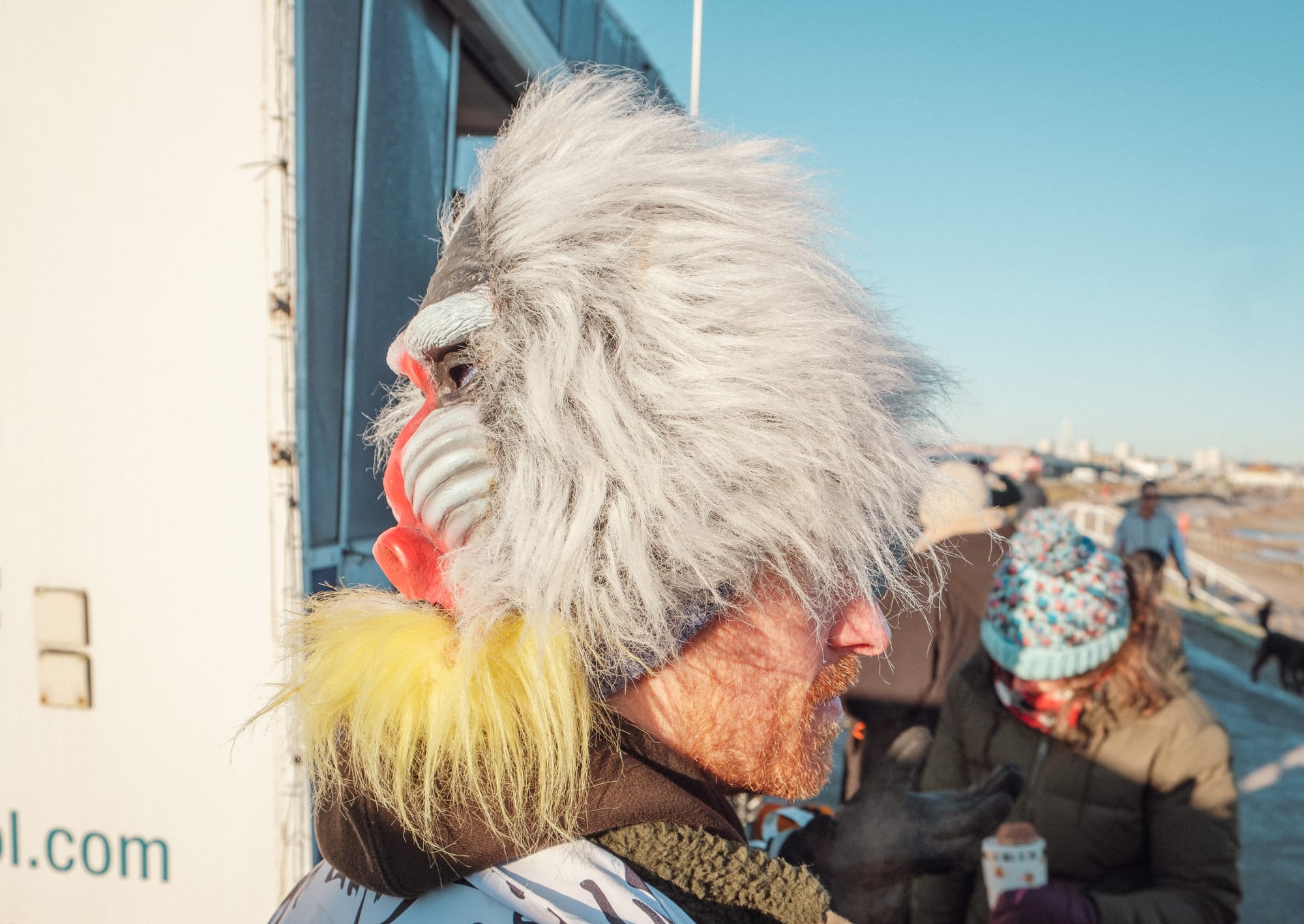
Printing changes photographs into objects. How did paper, size, and borders shape the feel of your work? Where do you want a viewer to stand, and what should they notice at two metres and twenty centimetres?
I’ve not printed my works in this volume before, and it’s been great to move from the screen and create physical objects; it’s so much more real. The print and frame sizes were chosen to best fit within the Shiprow exhibition space. I decided on a mixture of A3/A4 and A2, which allowed for plenty of space between each photograph.
Some people like to spectate artwork from a distance, observing the compositions/colours, whilst others like to get up close to the small details. As my images incorporate both of these elements, where the viewer chooses to stand is really their personal preference.
Lee works from a Shiprow studio through OuterSpaces, a Scottish organisation that turns empty offices into creative spaces while helping with artist development. That network nudged this project into being.
Tell me about working with OuterSpaces. What did the partnership with them make possible?
I signed up to Outer Spaces Scotland last year and have a studio space down on Shiprow with them. They are a really great organisation to work with. Since joining up, I have made lots of new connections in Aberdeen to Glasgow and have been provided the opportunity to do my first solo show, and it’s in a really great space.
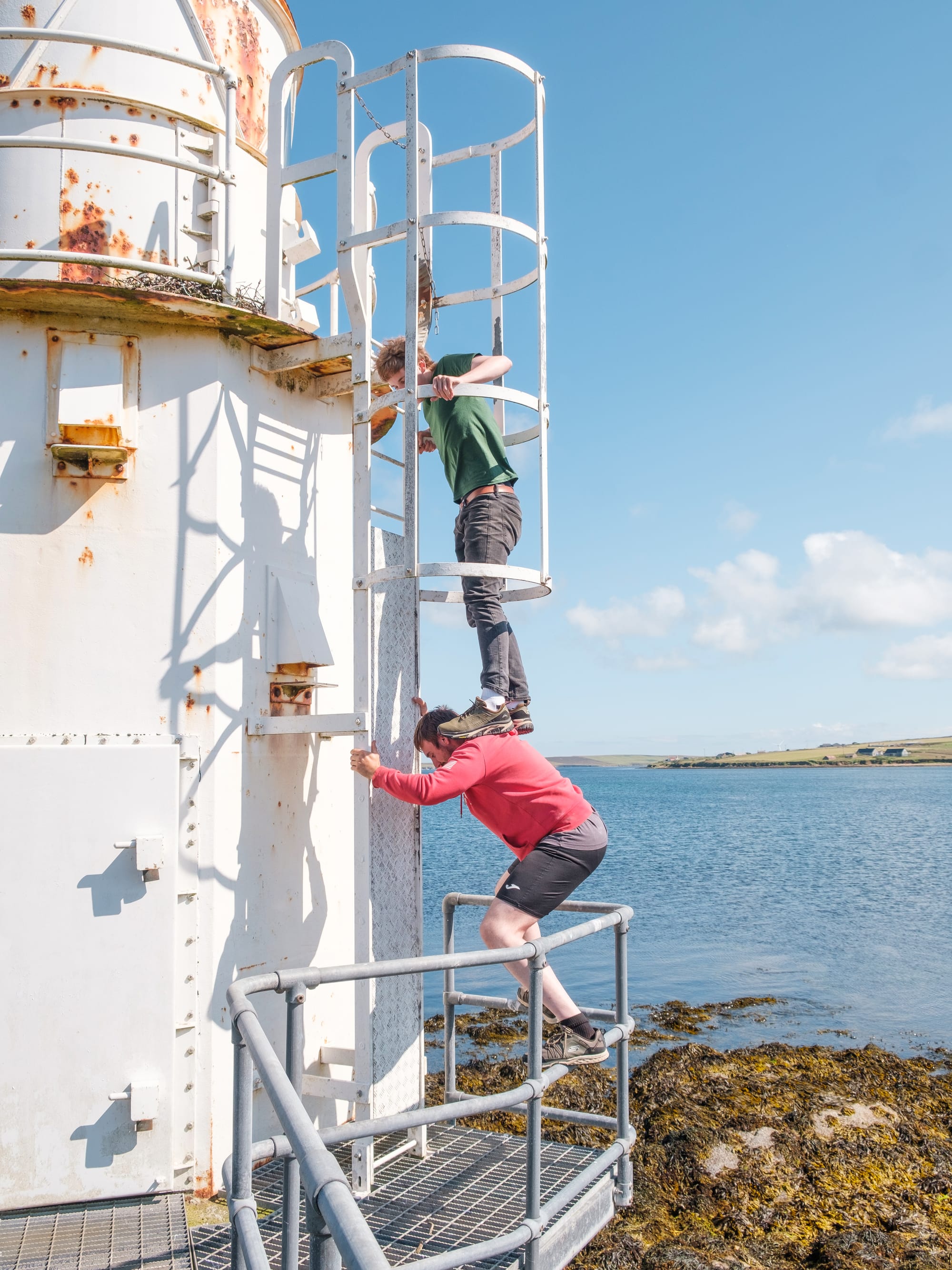
What photographers inspire your work? Either big names or local talent…maybe both?
I have a few primary inspirations, such as Saul Leiter, Ernst Haas and William Eggleston, in regards to there pioneering use of colour. Much of my inspiration comes from cinema due to the candid nature of the images and the transformation of everyday scenes like rain-swept bus windows into something from another world.
Colour or black and white. When does colour carry meaning for you, and when does removing it help tell the story? Do you have any photographs in the show that you struggled to decide which worked best?
I’ve always had a preference towards bright, bold colours over black and white and again, much of the influence comes from classical cinema colour theory. Evoking different moods and atmospheres using contrasting colours such as oranges and teals.
Although sometimes colour can be distracting, particularly within documentary photography, where the context and subject matter are paramount.
I was quite torn with the Pride image as this event is known for being full of colour, and it seemed counterintuitive to make it black and white, though in this instance, it just worked far better from a visual and storytelling standpoint.
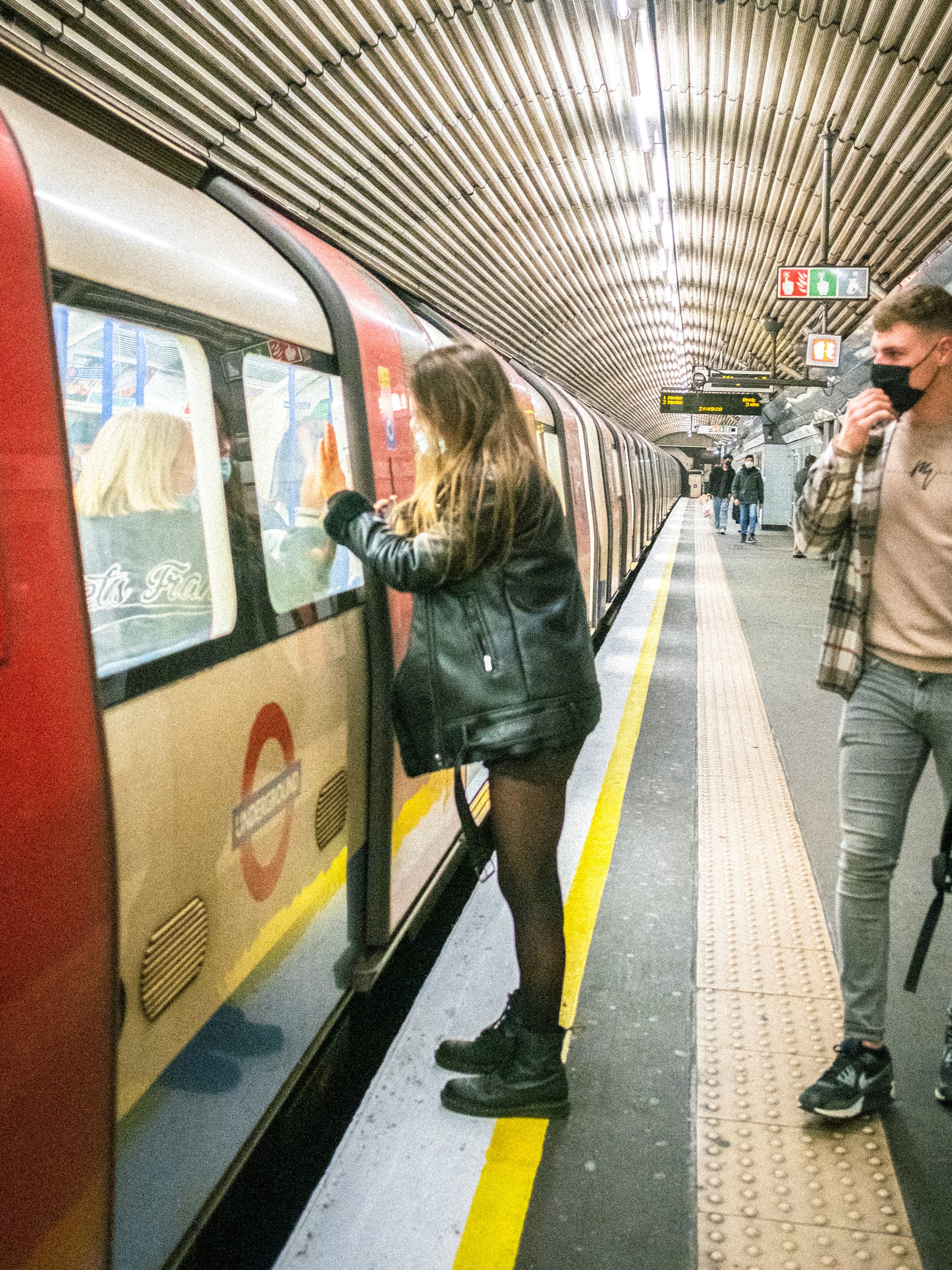
Live For The Moment is your first solo show. What surprised you about being the star of the show? Did you learn anything about yourself in the process?
Early on, I did feel some pressure to put something on that was interesting for people, and I was really wrestling with it for a while, though through the process, I learned that the idea that you have to love your work first, and above all else, is very true.
What story are you itching to chase next? Have you got an idea in mind for your next show?
I’ve got a few ideas of what I want to do next, yes, and I’ve been attending online discussions about socially engaged photography through Liverpool’s Open Eye Gallery, which has been really great to learn about and again, I’ve made some great new connections here.
Thanks to Lee for giving me his time and sharing something of his process and thoughts about his work. Live For The Moment is open every Saturday until 30 August at his Shiprow studio. You can follow him on Instagram and check out his portfolio.


